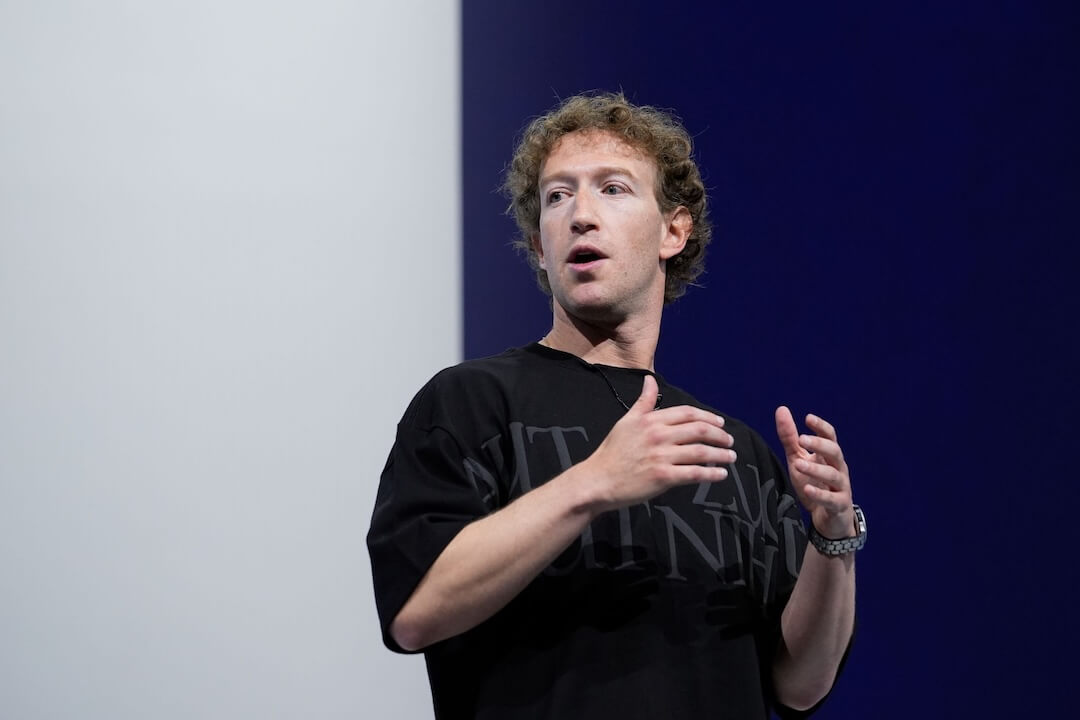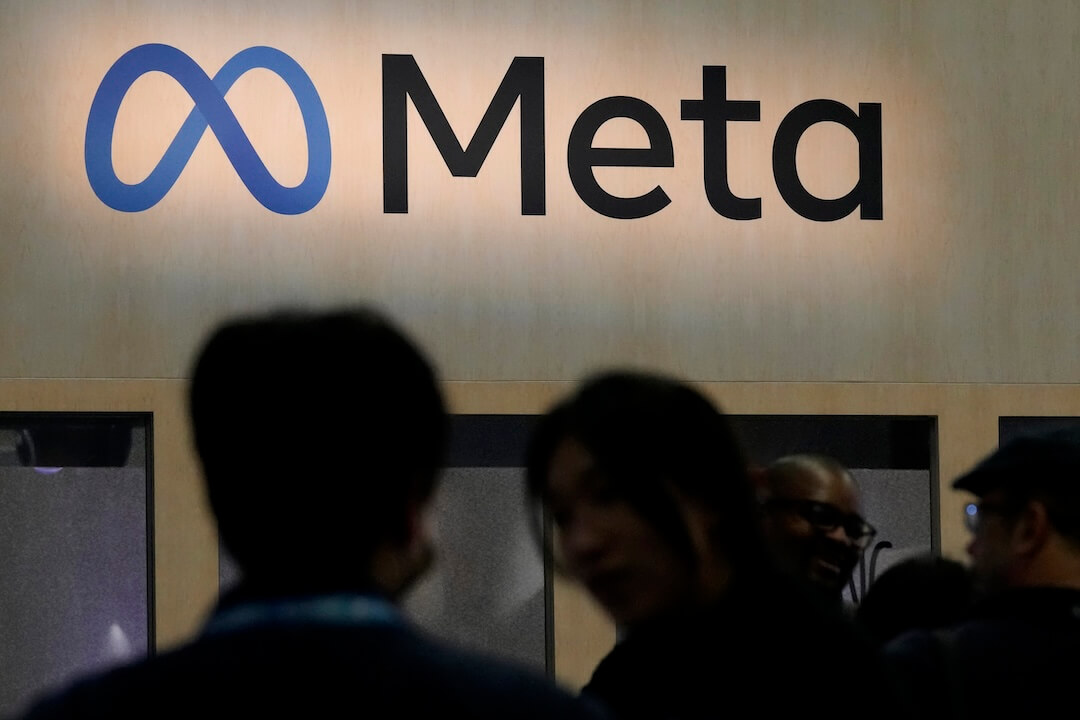Remember using Google News to cut through the clutter, find fact-checked articles and learn about what’s going on in your area? Probably not, because before this week, that was nearly impossible.
The technology giant has announced an overhaul of its popular news aggregation product in an effort to respond to user demands. TL;DR: They wanted to make it look better.
“Right now, Google News shows too much, and in that it shows too little,” said Anand Paka, a product manager at Google, in a video call with Poynter. “Users are not able to connect with the journalism that they come to Google News to see. Our goal here was to make readability a prime focus and pick out elements that are the most important.”
Based on the demos, it looks like that goal was largely met.
In the new version of Google News, the old, overpopulated list of hyperlinks and tiny thumbnails are gone. Instead, users are greeted by a news feed of articles that appear in “cards,” similar to how Facebook posts appear. But unlike the social media platform, the stories still populate according to Google’s algorithm, which aims to surface quality content first with a system of signal rankings that Google puts through rigorous testing, Paka said.
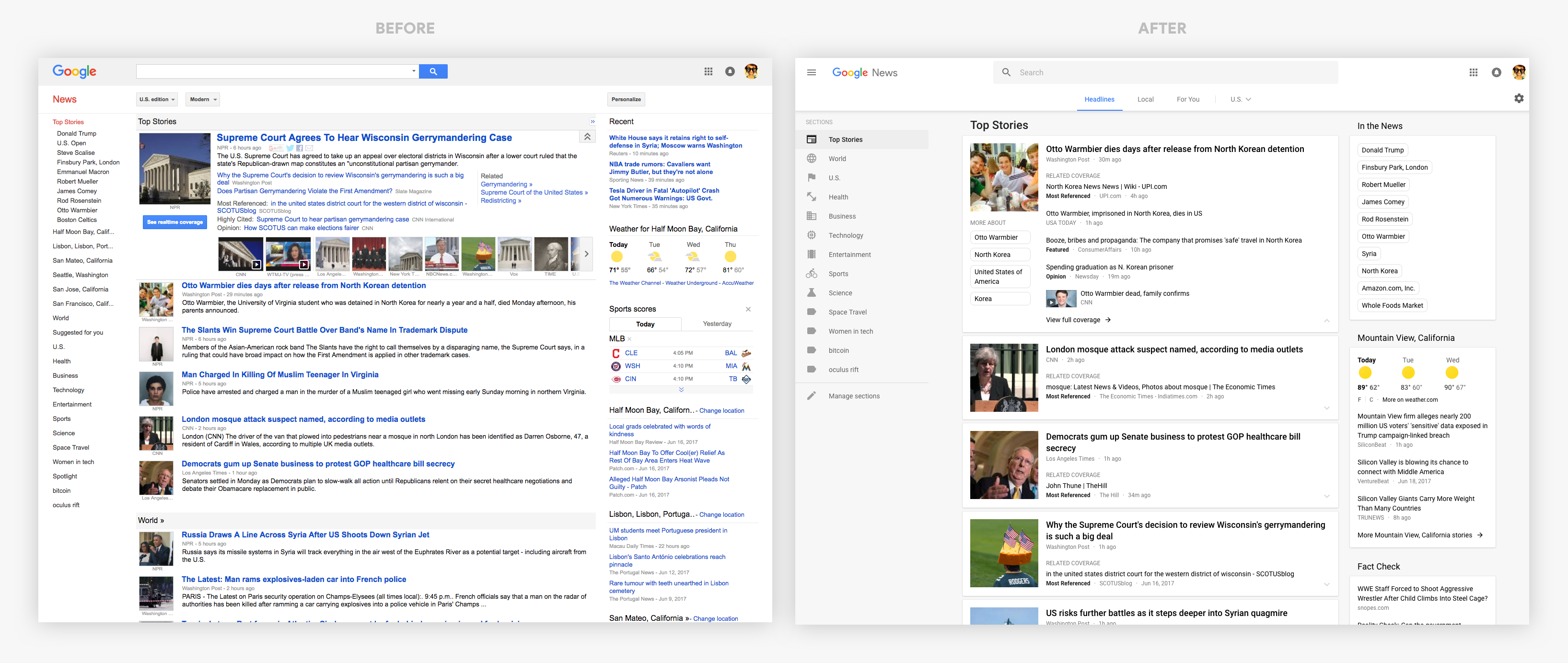
Google via Maggie Shiels
The goal: feature breaking and important news stories of the day in a way that will capture Google News readers’ attention.
“Beyond the UI and beyond the design, our desire is that it gets out of the way of users,” Paka said in the video call. “The idea here is to bring out important things in the news.”
With 80,000 publishers using the platform — 20,000 of which are in the United States — it’s easy to see why Google would roll out an update. Many news organizations rely on traffic from Google News; according to a 2014 Nieman Lab report, news sites probably derive anywhere between 5 to 25 percent of traffic from the platform. Both the tech giant and publishers alike have something to gain from increased visits and time spent on the platform (In 2016, .45 percent of Poynter’s pageviews were referred by Google News).
In order to capitalize on that potential, Google is rolling out several new features. The “fact check” block, a card that appears on the right side of users’ screens, pulls together fact-checking articles from news organizations such as PolitiFact and Snopes in an effort to show what publishers have been investigating. The feature comes a year after Google introduced a similar label on articles on search, and during a time when the spread of so-called “fake news” and attacks on the mainstream media seem to be daily occurrences.
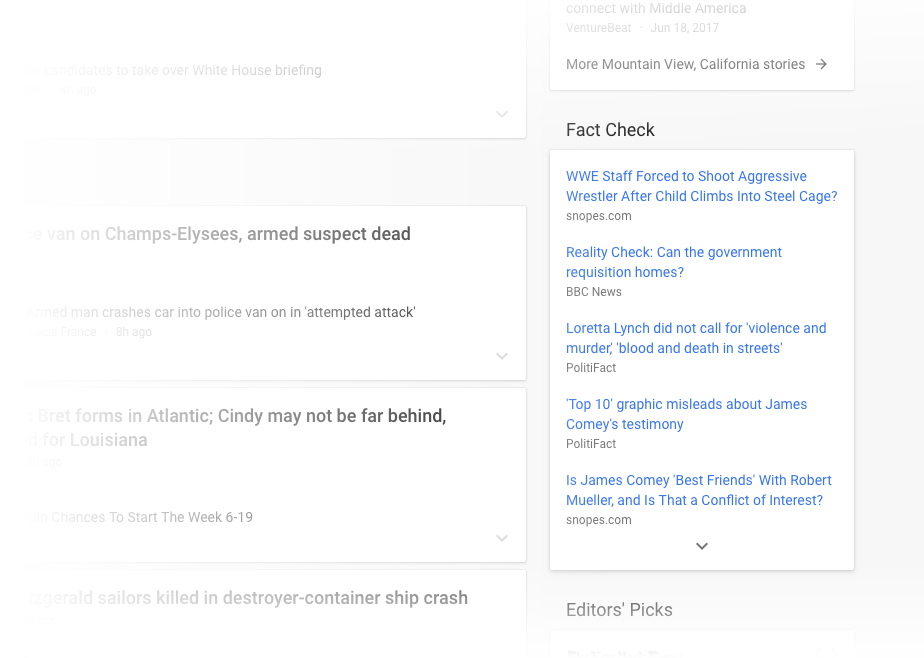
Google via Maggie Shiels
“We wanted to give fact checks more of a focus,” Paka said. “We hope this is a great first step for users and publishers alike.”
Another notable update to Google News is the “full coverage” page, which compiles the top articles about a breaking or important news event of the day. On the day that Poynter received demo pages from Google, the story in that spot was the ongoing investigation into the Trump administration’s ties to Russia. Beyond the full coverage gadget are new tags, such as “local source”, “most referenced,” “opinion” or “fact check,” that will appear on story cards in order to give readers more information.
“People have told us these labels identify important facets of a story and provide more context,” said Maggie Shiels, a spokesperson for Google, in an email to Poynter. “As a result, whenever possible, we now show a second labeled article in addition to the top headline for each story.”
Finally, Google News users are now able to toggle between headlines, local and for you tabs at the top of the platform, the last of which allows readers to customize a news feed based on their niche interests. They can choose topics, such as surfing and Zach Galifianakis, in the newly customizable “settings” feature, and the section will automatically populate with stories pertaining to those topics.
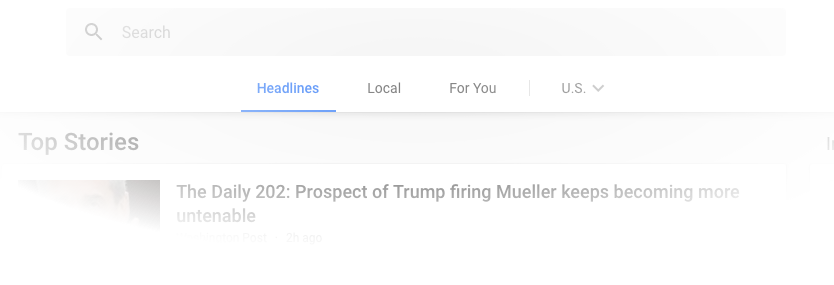
Google via Maggie Shiels
When asked whether or not the “for you” feature will simply amplify the problem of social media echo chambers and information silos, Paka said he doesn’t think so because the “headlines section” — which is determined by Google’s algorithm — will balance it out.
“When I’m looking at headlines, I’m not looking at biased news,” he said. “We wanted to give users full control of setting up their own mini-feed.”
Other updates to the platform include more noticeable surfacing of relevant video content, which will be hosted on a new and improved native player, as well as topic tags that depend on machine learning technology to show readers what else they might be interested in.
“In a large part, (this is) about us going back to basics with news, UI and the design,” Paka said.
Editor’s note: Google, Inc. is one of Poynter’s 10 largest custom training partners.



